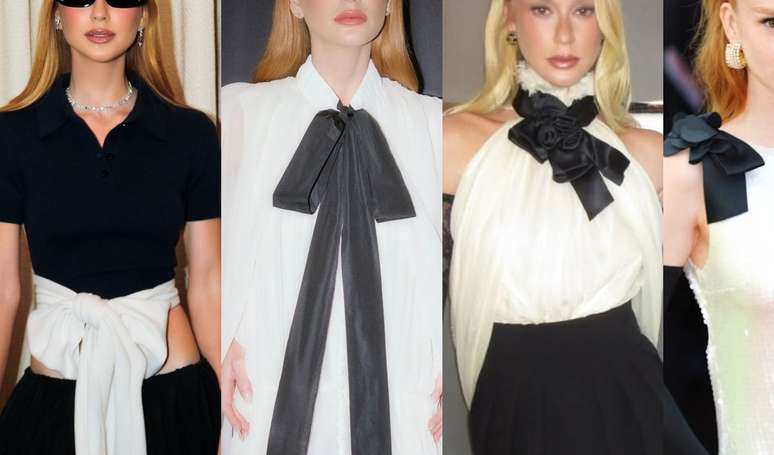Sustainability and a more humanized design are the reasons behind the pursuit of vintage
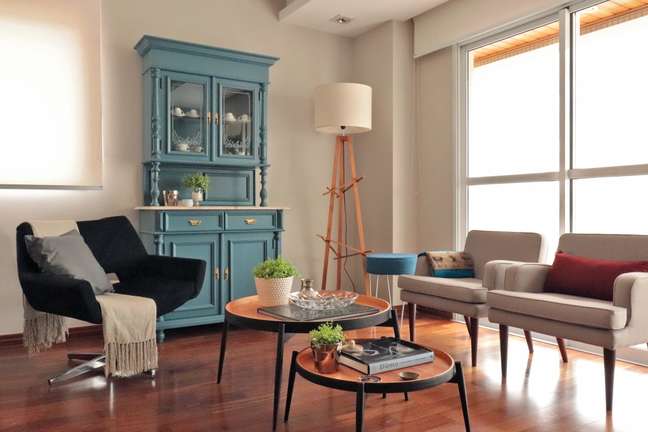
Some references we have from our grandparents’ homes, such as eg Indian straw chairs, porcelain cabinets, ornate woodwork, bright colors and granite floorsthey are passing from memory to reality.
No wonder: driven by concern for sustainability and looking for a more humanized designthe vintage style is gaining importance not only in the most modern architectural projects, but also in manufacturing.
The high demand has led the industry to adapt and start producing furniture, appliances and even new finishes with an “old” design.
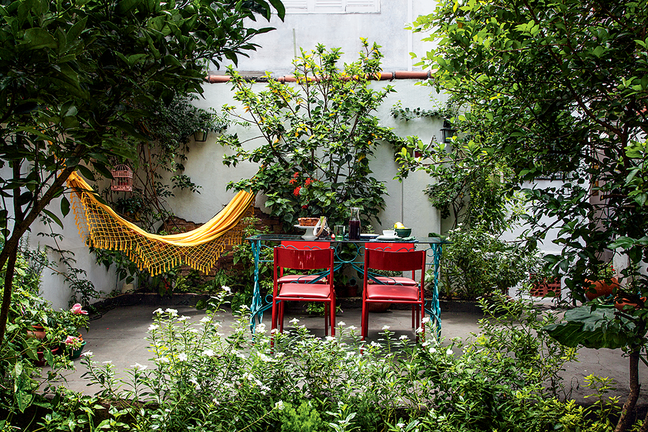
Architect and urban planner Julianne Campelo, of Criere Campinas, explains that, as in fashion and other artistic expressions, trends in architecture and design are also cyclical. What was successful at the beginning of the last century can fall into disuse for decades and, in another period, return to the taste of the people.
“With time, social contexts change and so do we. After the minimalist style, there is the search for a more humanized design, which does not seek perfection, on the contrary. It values the imperfect, because it saves emotional memories”, comment.
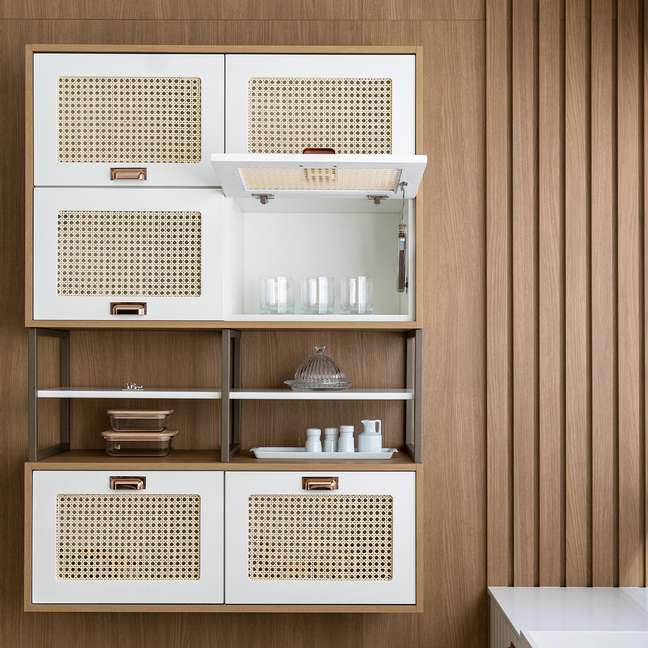
Architect and urban planner Rafaela Costa says that designers and architects seek secular references, even from Colonial period.
“Indian straw, a material used in Brazil since before the Empire, is a classic that has returned with great force in the projects we are developing, not only in traditional chairs, but also in woodworking and accessories”, explains the professional.
From beige to bold colors
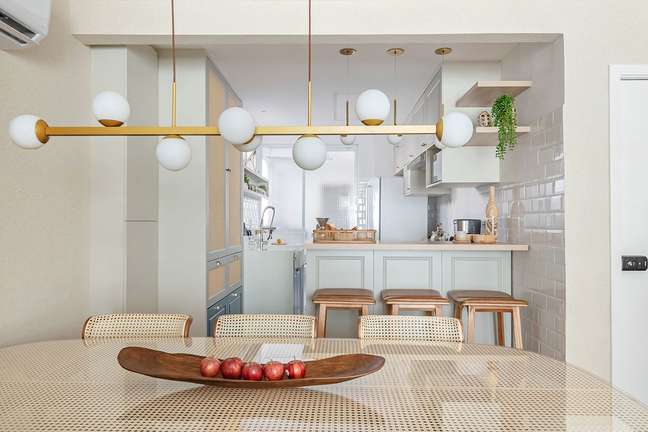
The so-called “magazine houses”, with clean design, straight lines and neutral colors, are losing space for more colorful projects with elaborate shapes. Julianne and Rafaela say the bold colors of the 60s and 70s they are not only in the accessories, but also in the furniture.
“In the woodworking, vintage appears in the framed finishes of the Provencal stylein the use of boiserie and bright colors, in contrast with the straight lines and neutral colors of the minimalist style “, he says.
sweetness of the moment
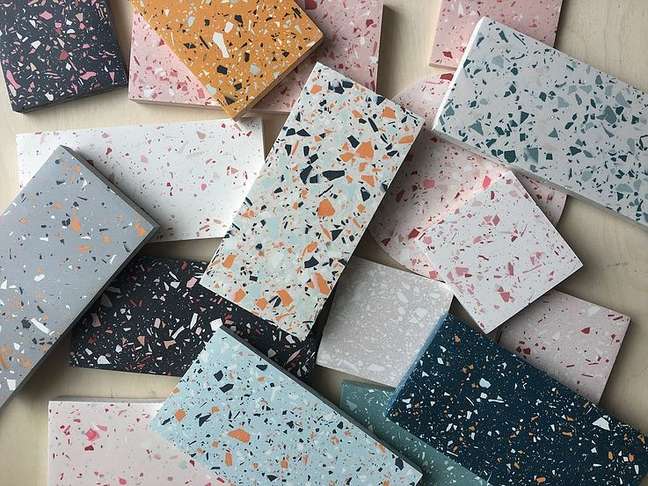
or granilite it’s a separate case. Becoming popular in the 1940s as a cheaper alternative to marble, the material gained prominence not only on floors, but also on countertops and tables.
“Granilite was once again produced using more modern technology, which allows for an expansion of its application and, for this reason, it has become popular with Brazilians,” believes Rafaela.
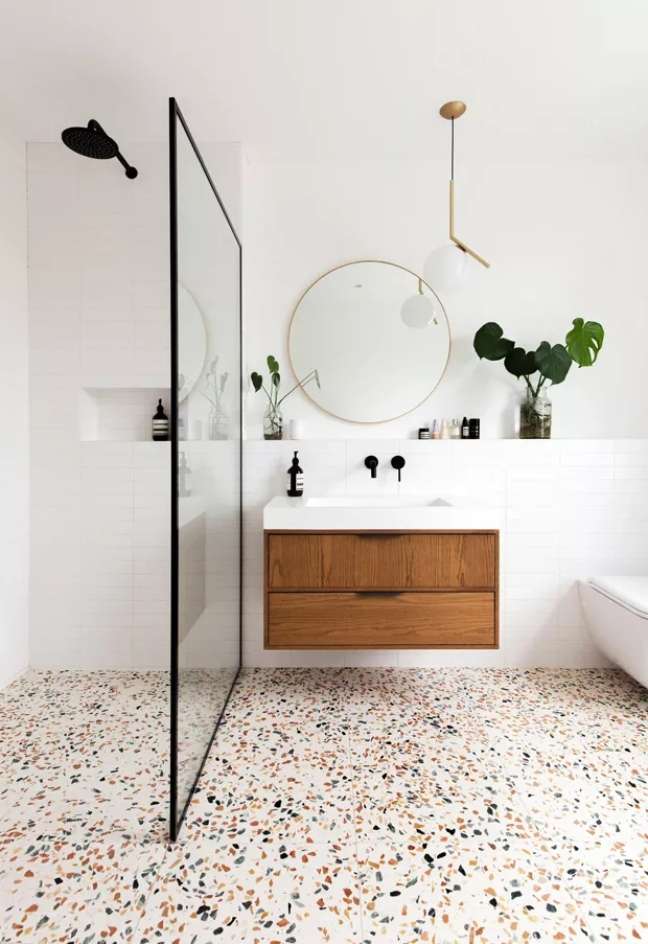
When it comes to finishing, it is impossible not to remember the colored tiles, with geometric shapes and hydraulic tiles.
“This allows you to renew a space by reusing the material already installed and, since many brands have returned to produce this type of cladding, it is also possible to expand these environments without losing their identity. This has enhanced the use of these elements in many contemporary projects“says the architect.
everything is exploited
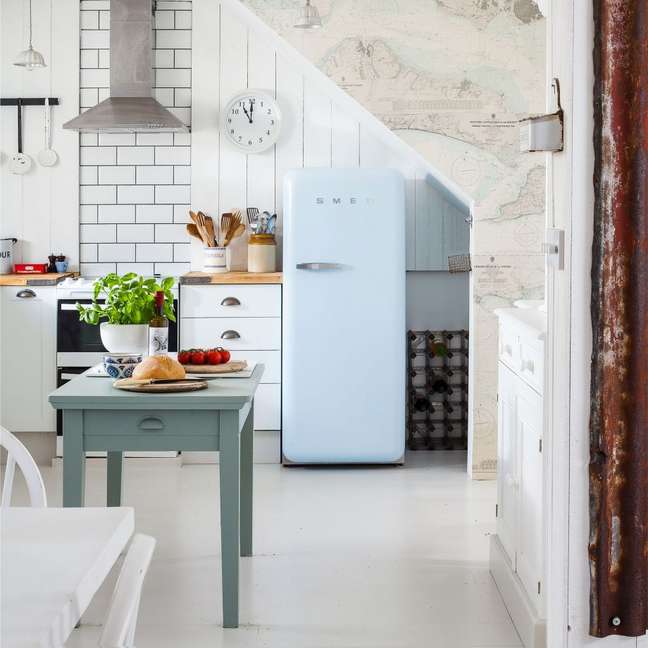
THE sustainability is a powerful ally of architecture in the choice of vintage style.
“At a time when environmental concerns are present in all sectors, the reuse of furniture, floors and walls has become one more reason to adhere to the trends that have marked the last decades.
This is the imprint of contemporary architecture: using current trends with some ancient elements to create welcoming and personalized spaces “, sums up Rafaela.
Source: Terra
Benjamin Smith is a fashion journalist and author at Gossipify, known for his coverage of the latest fashion trends and industry insights. He writes about clothing, shoes, accessories, and runway shows, providing in-depth analysis and unique perspectives. He’s respected for his ability to spot emerging designers and trends, and for providing practical fashion advice to readers.


